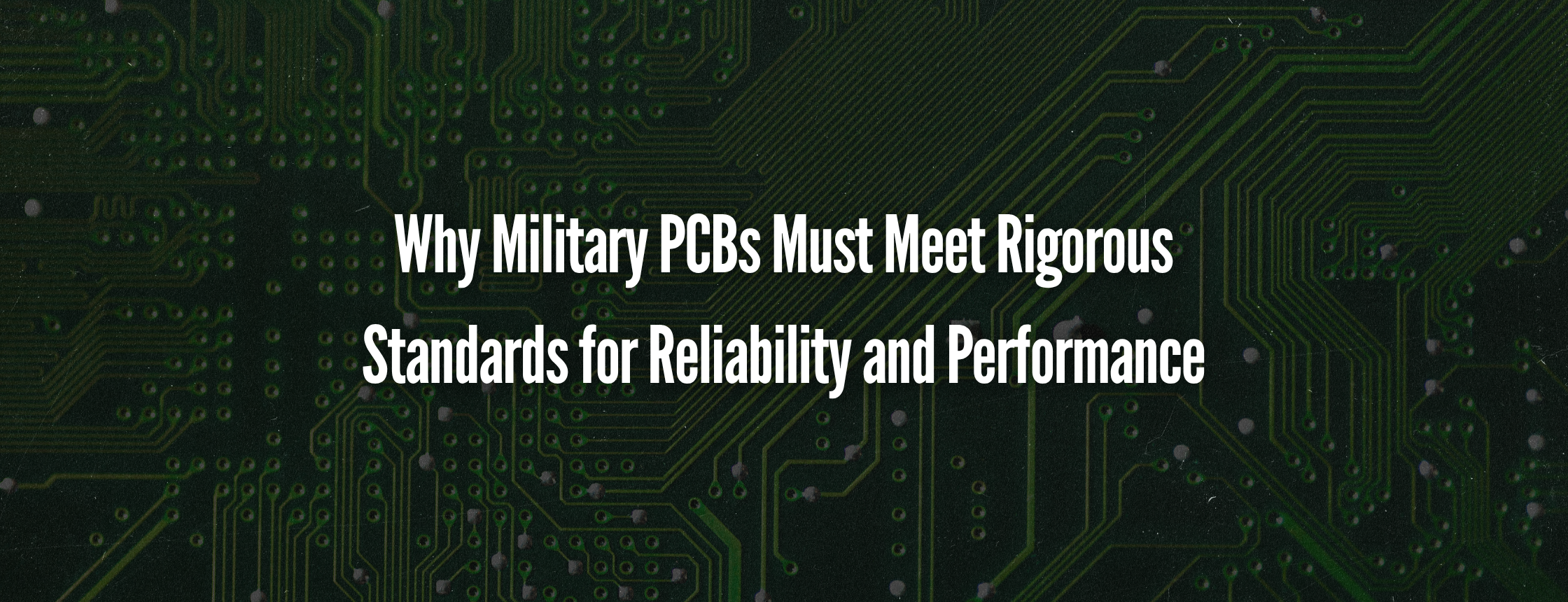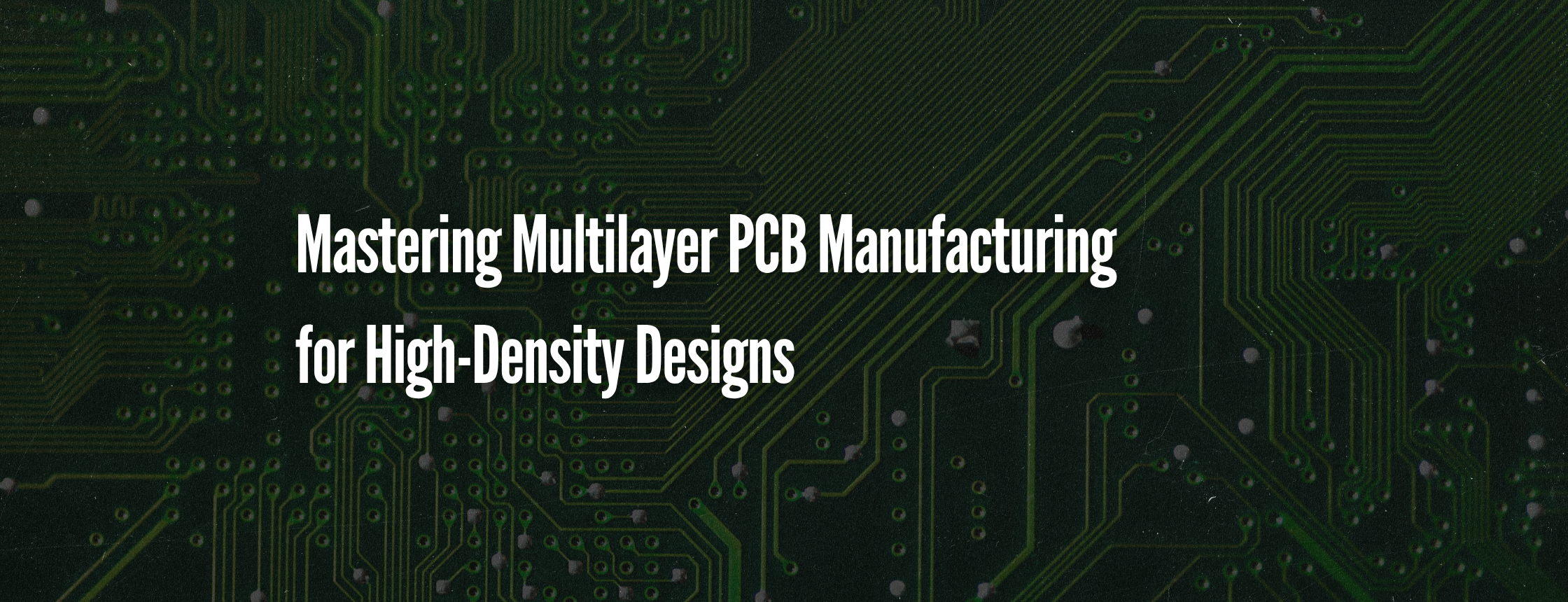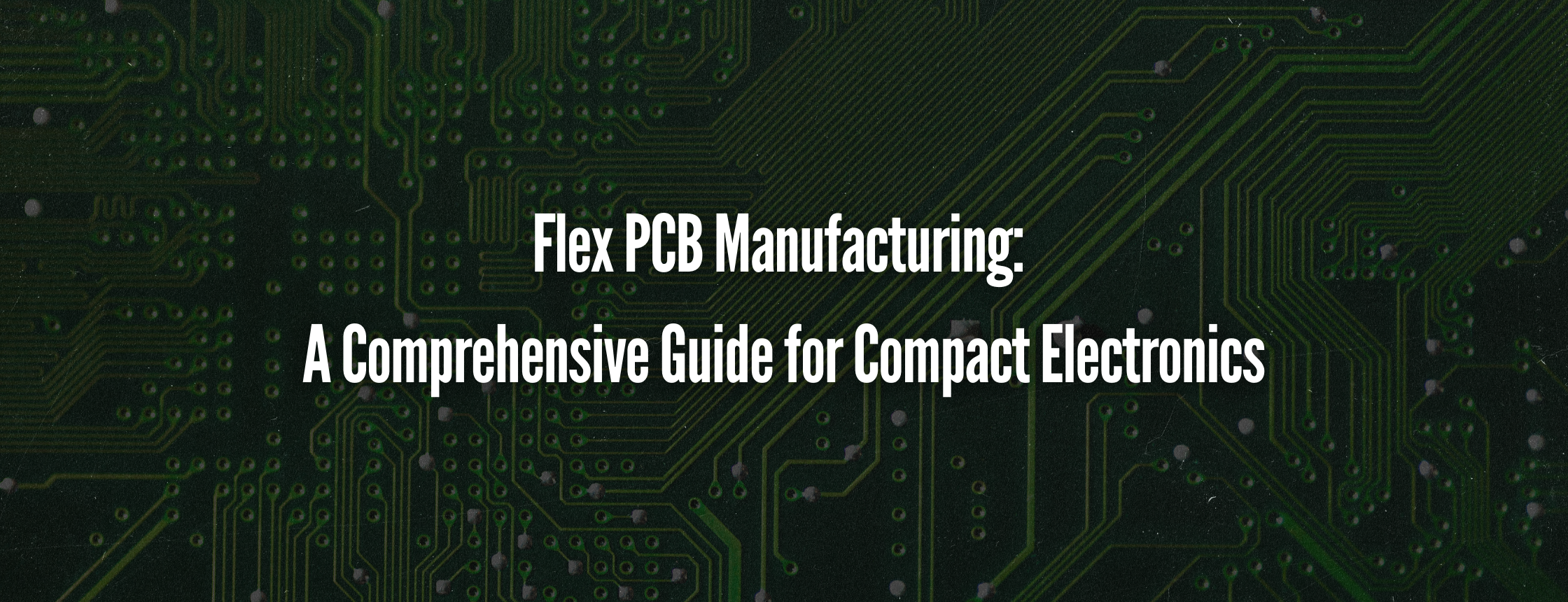How AI and Machine Learning Are Revolutionizing PCB Design
Printed circuit board (PCB) design is an essential aspect of modern electronics, influencing the functionality, efficiency, and reliability of devices ranging from consumer electronics to aerospace systems. Integrating artificial intelligence (AI) and machine learning (ML) into PCB design may improve accuracy, streamline production, and reduce errors. As the industry continues to adopt these technologies, manufacturers, and engineers can explore new levels of innovation and efficiency in their workflows.
The Role of AI in PCB Design
AI and ML algorithms can analyze vast amounts of data to recognize patterns and optimize designs with precision that traditional methods may not achieve. These technologies assist in various stages of PCB design, including automated component placement, error detection and correction, design optimization, thermal management, and routing automation. AI-driven tools can suggest optimal component placement based on predefined design rules, potentially reducing electromagnetic interference and improving signal integrity. ML models trained on large datasets of PCB designs can help identify design flaws before manufacturing, reducing costly errors. AI can also suggest improvements to layouts, ensuring more efficient use of board space while maintaining electrical performance. Additionally, algorithms can predict and mitigate potential overheating issues by optimizing heat dissipation paths within the board. AI can enhance routing strategies by evaluating multiple paths and selecting the most efficient layout for signal transmission.
Benefits of AI and ML in PCB Design
AI-powered PCB design tools may significantly reduce the time required for schematic capture, layout, and verification. Engineers can focus on higher-level design challenges by automating complex tasks rather than routine optimizations. AI-driven analysis may identify potential design flaws before they lead to costly production errors. Preemptive approaches like this could improve first-pass yield rates and lower manufacturing costs. AI can suggest modifications that enhance signal integrity, power distribution, and overall reliability by analyzing real-world performance data. Optimizations such as these may contribute to better-performing and more durable PCBs. AI can also help predict potential points of failure in PCB designs, allowing manufacturers to address reliability concerns before production. By leveraging historical data, ML models may assess long-term performance trends and suggest durability improvements. AI-driven design automation reduces the number of iterations needed to finalize a PCB layout, potentially accelerating the transition from design to production. This benefit is particularly valuable for industries requiring rapid innovation, such as consumer electronics and medical devices.
Challenges and Considerations
Despite its advantages, AI-driven PCB design is not without challenges. AI models require extensive datasets to improve accuracy, and access to high-quality design data can be a limiting factor. Engineers must adapt their traditional design processes to incorporate AI-powered tools effectively. Implementing AI-based PCB design solutions may require training and adaptation to new methodologies.
Future Trends in AI-Driven PCB Design
As AI and ML technologies evolve, the PCB design industry may witness further advancements, including generative design approaches, real-time AI assistance, AI-powered simulation, and automated manufacturing adaptation. AI-driven tools could generate multiple design alternatives based on user constraints, allowing engineers to select the best option for their application. Future PCB design software may incorporate AI chatbots or virtual assistants to provide real-time recommendations and troubleshooting support. Machine learning models could enhance simulation accuracy, helping engineers predict electromagnetic interference (EMI), power integrity (PI), and signal integrity (SI) issues more effectively. AI could facilitate the seamless adaptation of PCB designs to different manufacturing processes, minimizing the need for manual adjustments.
Contact Us
AI and ML are transforming PCB design by automating critical tasks, reducing errors, and optimizing performance. As the industry continues to embrace these technologies, PCB designers and manufacturers may experience increased efficiency and improved product reliability. Companies that integrate AI-driven tools into their workflows may gain a competitive advantage by streamlining design processes and accelerating product development cycles. To learn more about how AI-powered PCB design can enhance your projects, consider exploring the latest advancements in AI-assisted engineering software.
Midwest Printed Circuit Services strives to provide modern solutions that enhance reliability, reduce lead times, and support innovation in various industries. To learn more about how our expertise can benefit your next project, contact us today.









